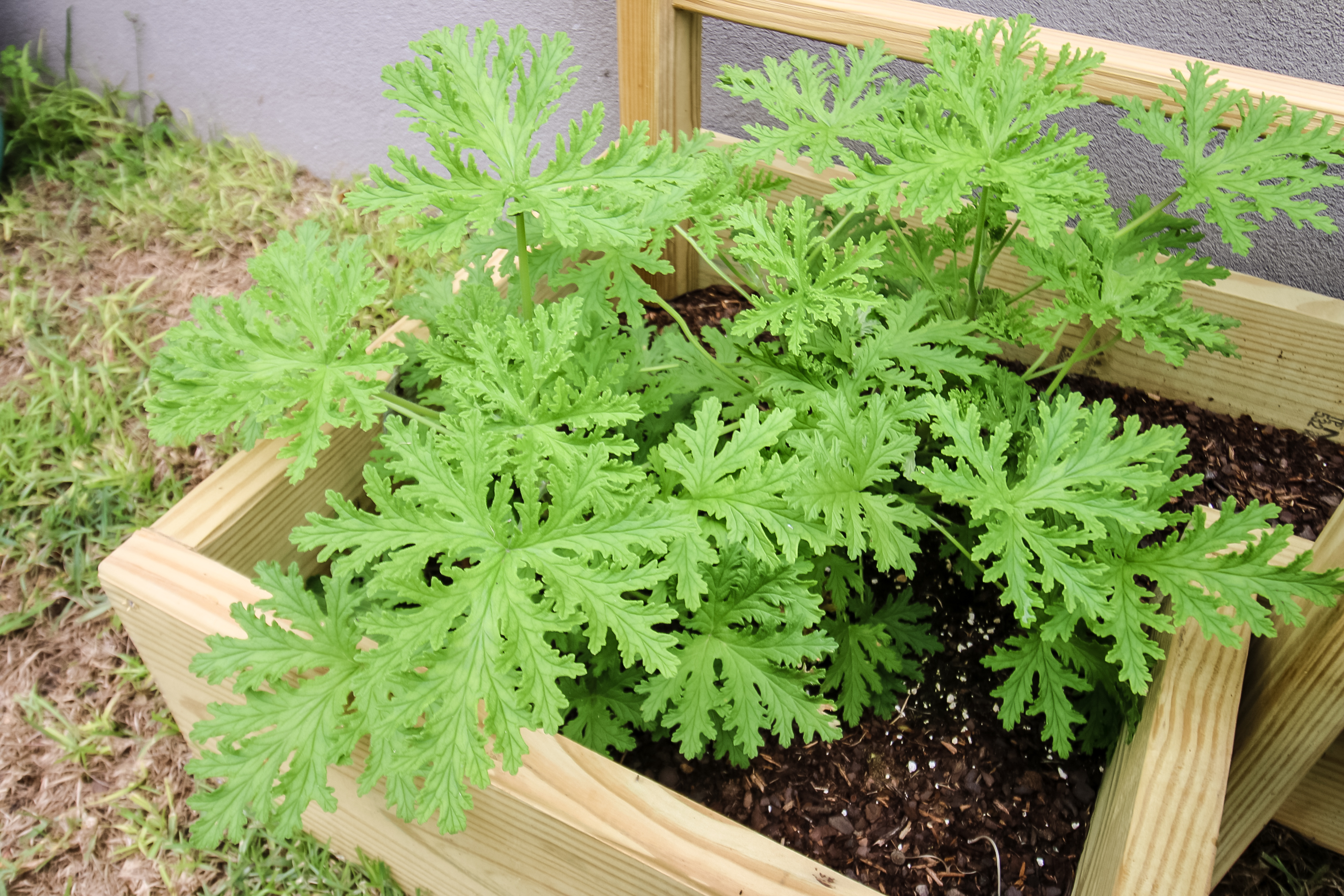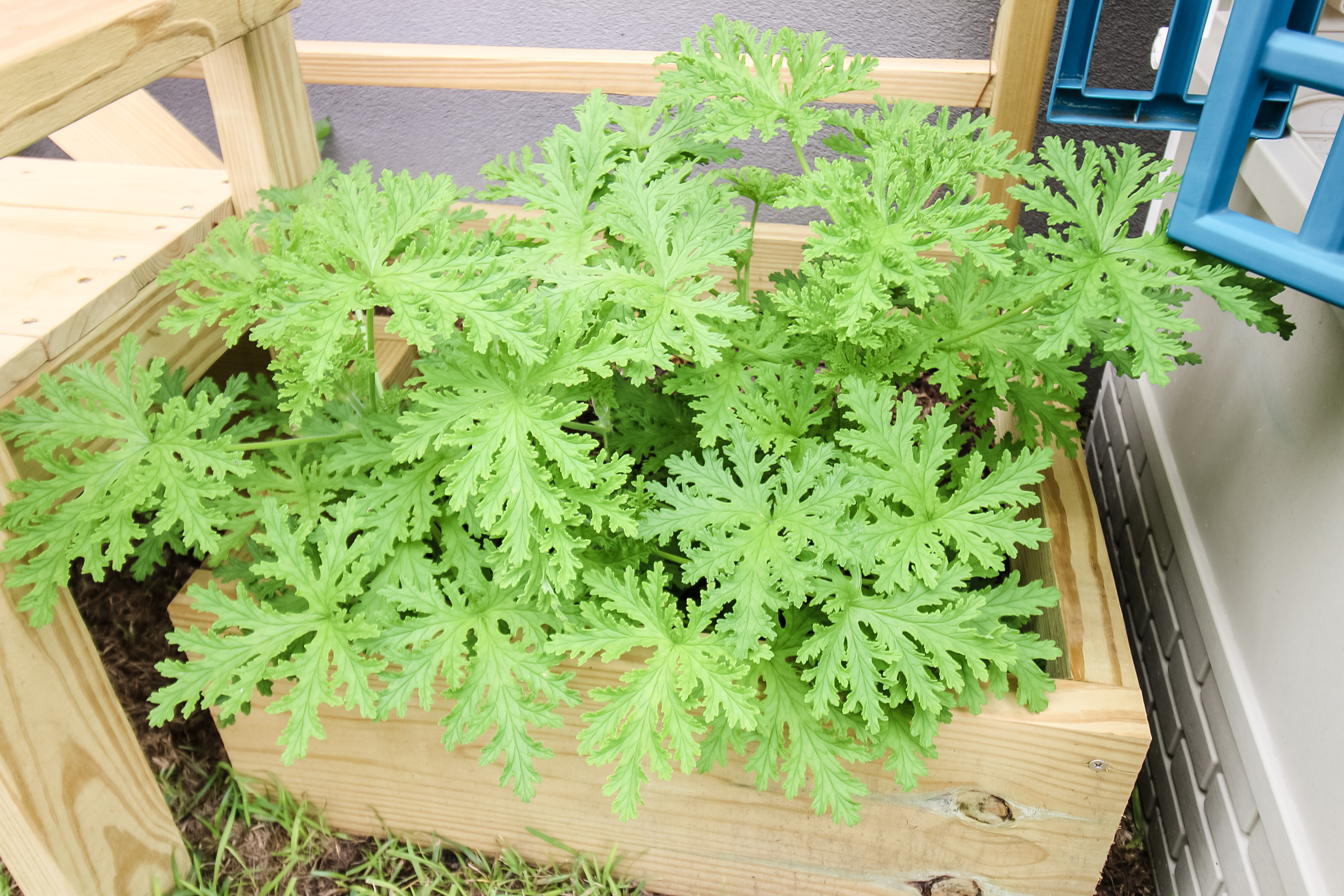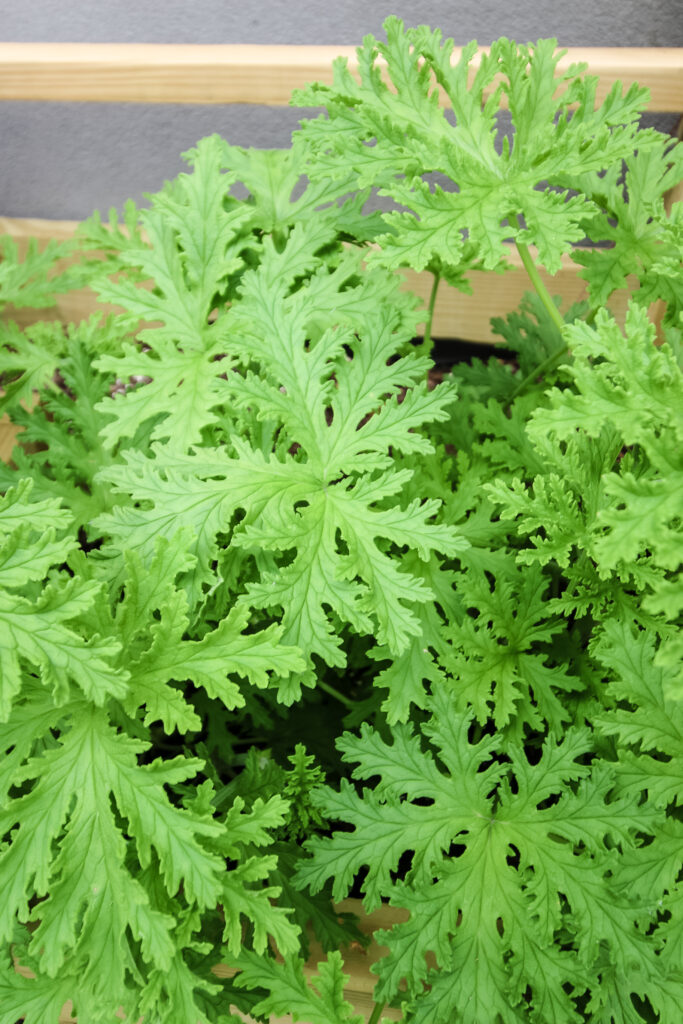Looking to perfect your citronella plant's growth? Our expert tips on how to prune citronella plant will help you maintain the perfect garden ambiance.
Do you find enjoy the lemony scent of citronella? This versatile herb has captivated many with its diverse uses, from enhancing summer beverages like punches and mojitos to its natural mosquito-repelling properties.
Beyond its role in keeping your garden gatherings comfortable, citronella's vibrant aroma is also known for deterring deer from your beloved plants.
While growing Citronella is a joy, citronella plant pruning is key to ensuring its health and vibrancy.
Whether you're a seasoned gardener or just starting, this guide will take you through the essential steps of how to prune your Citronella plant effectively, helping it thrive and fill your garden with its charming aroma and lush foliage.

Why You Should Prune Citronella Plant
Citronella plant pruning is one of the best ways to encourage its health and growth. Eliminating overgrown branches and deadwood will make it thrive even further!
Pruning also helps your plant seem nice and orderly, making it much simpler to appreciate in all its splendor.
Furthermore, regular pruning will guarantee that it blooms appropriately every year.
To get rid of any old blossoms and promote new growth for the upcoming season, it's also crucial to perform mild citronella plant pruning every few years.
Overall, cutting back on its leaves is a crucial task that has several worthwhile benefits, so don't forget to get started!

When to Prune Citronella Plant?
Pruning your citronella plant is key to maintaining its health and desired shape.
However, for those new to gardening, knowing when and how to prune citronella can be a challenge.
Depending on your local environment, late winter or early spring are often the optimum times for citronella plant pruning because new growth hasn't yet sprouted.
Pruning during this period promotes a fuller, healthier plant by encouraging new growth and removing old or faded branches.
However, if you try this in the middle of summer or during the warmer months, your efforts won't bear fruit because the freshly cut stems won't have enough time to grow correctly before drying out.

Step-By-Step Guide to Pruning Citronella
Although trimming citronella plants can be challenging, it's essential for its well-being.
Here is what you need to do and which supplies you’ll have to use:
- Planting: When the soil is warm and there is no threat of frost, plant citronella in the spring. Doing it at the same time as tomato plants is a good general rule of thumb.
- Spacing: Citronella should be spaced 18 to 24 inches apart in a spot with well-drained, healthy soil with some shade.
- Soil Enrichment: Add several inches of aged compost or other rich organic matter to your native soil to improve it.
- Watering: Check soil moisture every few days and water when the top inch feels dry.
- Feeding: Use water-soluble plant food regularly to encourage blooming.
- Enjoyment and Maintenance: Once established, enjoy the fragrant leaves and blossoms in summer arrangements and trim the citronella as needed.
Effective Pruning Techniques
Another important thing to note about citronella plant pruning is to aim to remove approximately one-third of the plant's overall foliage for optimal results.
Vigorous new growth can be encouraged by ensuring that all of your pruning cuts are made above any buds or growth points and at a 45-degree angle.
Whenever feasible, it is preferable to make several tiny incisions as opposed to removing bigger portions all at once.
With proper care and pruning, your Citronella plant will flourish, adding beauty and fragrance to your garden.
How to Prune a Leggy Citronella Plant?
To ensure your citronella plant thrives, prune it two to three times a year.
This is especially important to prevent the plant from growing too tall and lanky during the summer. You can trim back any lanky stems that have been reaching for the sun.
One way to ensure the citronella stems produce abundant new growth in the spring is to trim them to a few inches above ground level in late autumn or early winter.
Plus, you should be vigilant about removing wilted or dead leaves and any excessively long branches.
Regular pruning not only maintains the plant's appearance but also enhances its growth, ensuring a bountiful presence in your garden.

How to Prune Citronella Plant for Winter?
If you live in a region where temperatures never drops below the 20s, your Citronella plants are likely to survive the winter.
There are two main reasons why you should prune citronella plants for winter:
- Encouraging Spring Growth: Pruning, combined with careful mulching, readies your plants for robust sprouting and growth when spring arrives.
- Managing Woody Stems: By the end of summer, Citronella stems can become woody. Winter pruning helps manage this growth.
Special Care for Harsh Winters
In areas with severe winter conditions, take extra steps to protect your Citronella plants:
- Gently lift the plants using a spade or fork.
- Prune them back and replant them in a pot.
- Apply a timed-release fertilizer to the potting mix after a week or two.
- Water the plants when the soil begins to dry and keep them in a bright, warm spot. Come spring, transplant them outside, trimming any weak winter growth.
Layering Technique for Overwintering
Citronella often grows as an annual in freezing climates. To overwinter your plant:
- Use the layering method late in the summer. Place a pot filled with potting soil beside your mature plant.
- Carefully bend a stem (still attached to the base) toward the pot.
- When a leaf is attached, bury the stem sideways, leaving the growing tip exposed.
- To keep the buried stem in place, cover it with a piece of masonry or stone.
- After a few weeks, roots will develop. Sever the stem from the mother plant before the cold sets in and move the new plant indoors for the winter.
Want More…
Citronella plant pruning is crucial to keep your plant robust and healthy. Taking care of your garden will be worthwhile; our other articles have more guidance if needed.
Thanks for reading!


Hey there, I'm Morgan, a houseplant enthusiast from sunny Charleston, South Carolina. Growing up surrounded by my mom's lush orchids and African violets, I discovered the magic of bringing nature indoors. Thanks to the pandemic, I delved deeper into houseplants, discovering their power to uplift moods and transform spaces. I'm here to spill all my secrets, helping you pick the perfect houseplant - and make it happy. Let's keep your plants alive, together! 😊


